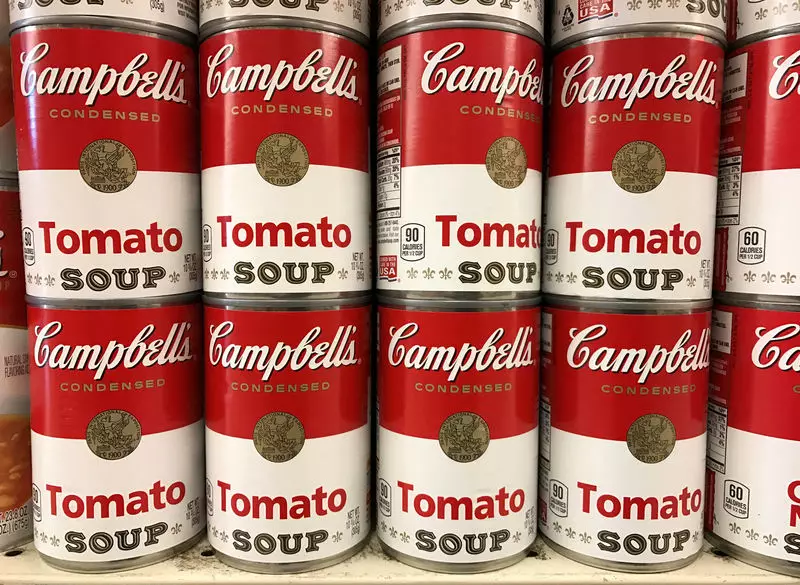Recent reports indicate that the demand for GLP-1 medications, primarily used for weight loss and diabetes management, is surpassing initial expectations. This trend raises important questions for the packaged food industry, which may be at risk as dietary preferences shift. Analysts at Bernstein have suggested that while it is challenging to quantify the exact size of the GLP-1 market in the U.S., signs point to a more considerable influence than previously thought. Current data from IQVIA suggests that only about 1.4% of U.S. adults are using these branded medications, such as Ozempic and Wegovy. However, survey findings show a much higher adoption rate—between 12% to 13%—with approximately 8% of individuals actively using these treatments for weight management or diabetes control. This discrepancy underscores the potential for a more substantial market presence for compounded GLP-1 drugs than reflected in traditional statistics.
Implications for Packaged Food Companies
The rise of GLP-1 medication users is poised to substantially alter consumer behavior, leading to decreased demand for certain types of packaged foods. With users reportedly leaning towards more protein-rich diets, Bernstein believes not all companies will be affected equally. The analysts argue that while the overall appetite for packaged foods may dwindle, brands such as Campbell Soup Company could outperform their competitors. In fact, Bernstein upgraded Campbell Soup’s stock rating from Market-Perform to Outperform and raised its price target from $55 to $58, based on findings that GLP-1 users are increasingly gravitating towards protein-laden foods and drinks.
Understanding Compounding Pharmacies
Another significant aspect of this evolving pharmaceutical landscape is the role of compounding pharmacies. These specialized facilities create customized medications for individual patients, which can include alternatives to branded GLP-1 drugs. During shortages, compounding pharmacies have the flexibility to produce their own versions, allowing them to connect with a broader patient base that traditional market models may overlook. The burgeoning profile of these pharmacies could indicate that many GLP-1 patients are benefitting from their offerings without being counted in official metrics, thus suggesting a sizeable yet hidden market segment.
As the appetite for GLP-1 drugs continues to rise, understanding how this trend will shape consumer choices is essential for brands operating in the food sector. While the overall demand for packaged foods may face challenges, there is an opportunity for companies that can pivot towards producing protein-centered products. This period of transformation invokes the necessity for packaged food manufacturers to adapt swiftly to these evolving dietary patterns. By paying heed to the dynamics of the GLP-1 drug market and aligning their offerings accordingly, these companies may thrive even amid shifting consumer preferences. The intersection of healthcare and diet presents a fascinating frontier that will likely influence market strategies and consumer engagement moving forward.

